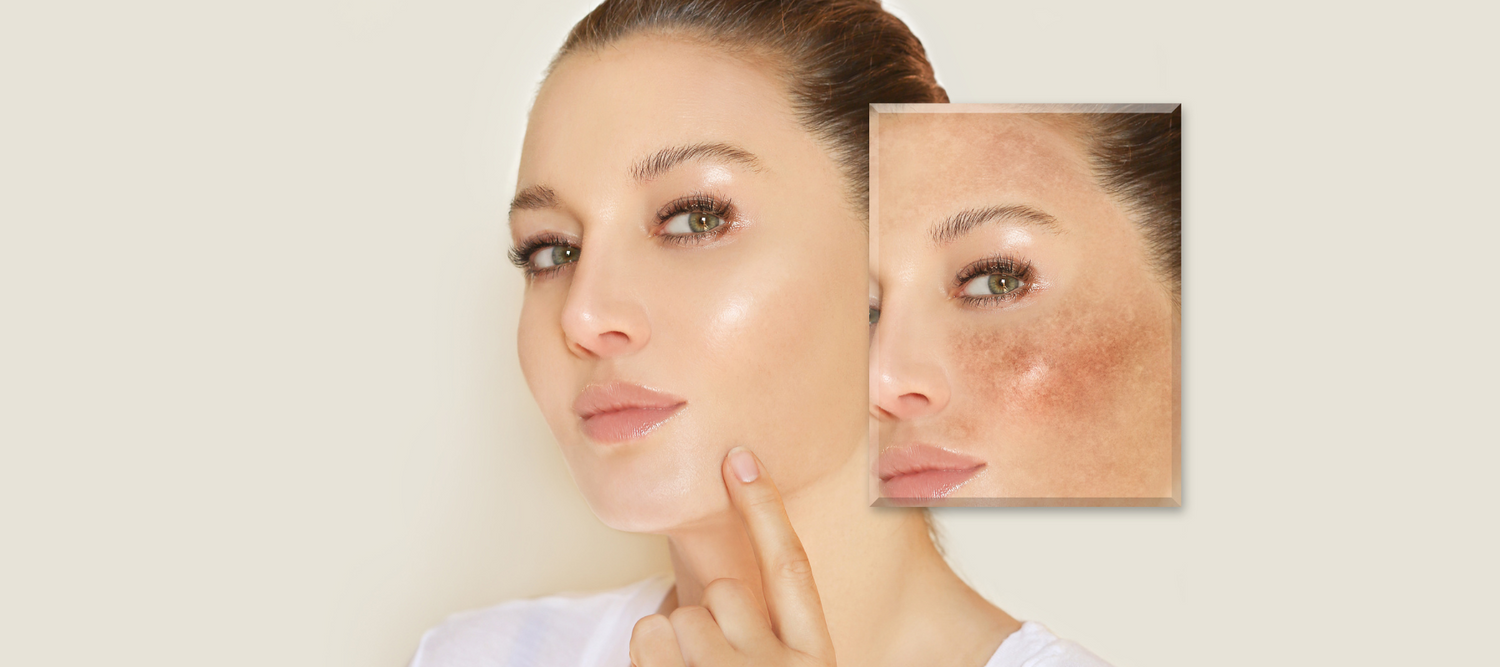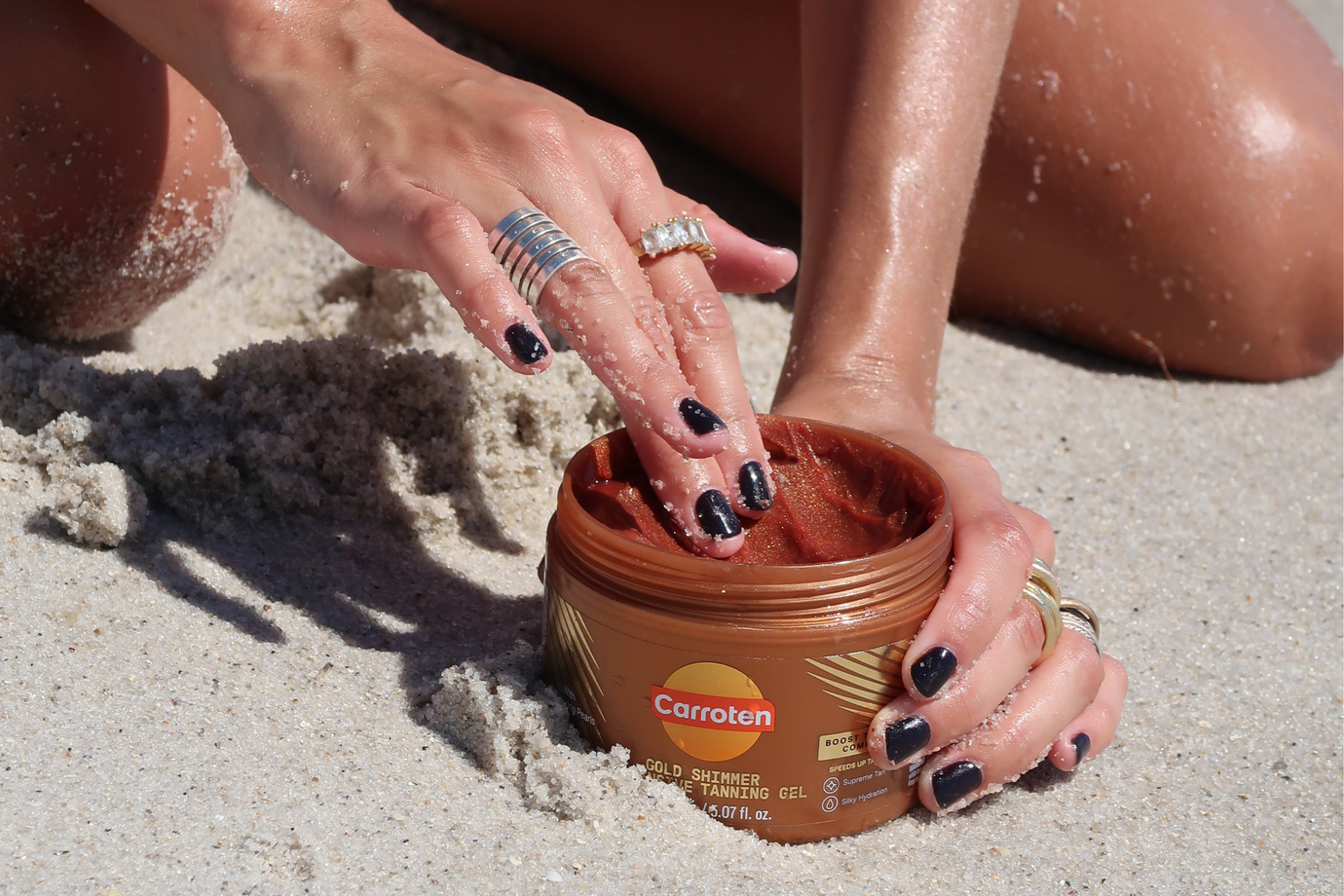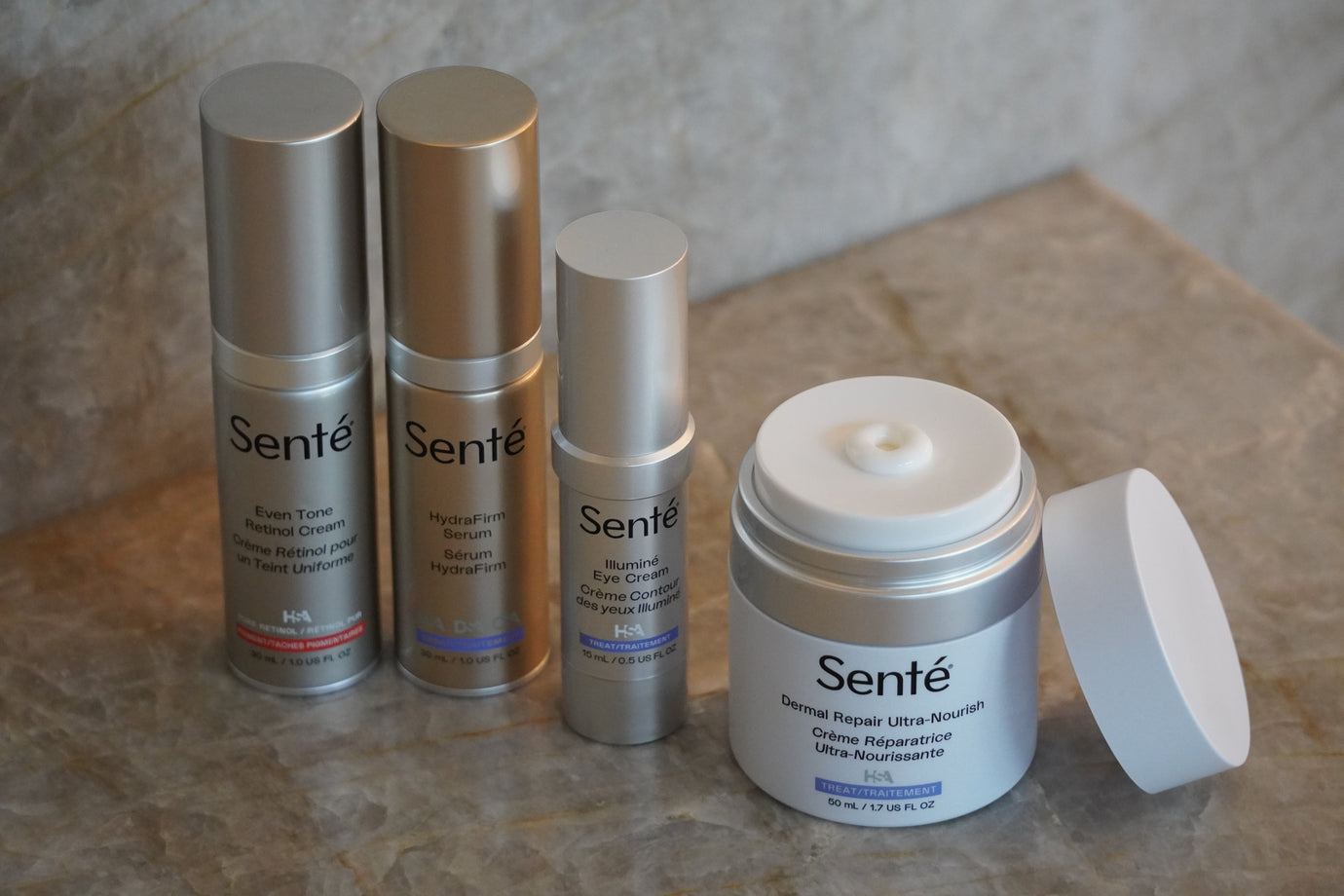A Guide to Hyperpigmentation & Skincare Solutions

Hyperpigmentation
Hyperpigmentation is a common skin condition in which some areas appear darker due to extra melanin, creating spots in brown, black, gray, red, or pink hues. While not painful or itchy, it can affect one's confidence. Fear not! In today's blog post, we're diving into the nuances of hyperpigmentation—its origins and the key ingredients to help reduce it. Let's embark on this journey of self-care and discovery!
Causes of Hyperpigmentation
Melasma
Dark pigmentation patches, often on the face, can indicate hormonal changes. Sometimes linked to pregnancy, they're known as the "mask of pregnancy."
Sun Damage
UV rays, which are responsible for up to 80% of premature aging signs, can lead to hyperpigmentation, such as age spots.
Post-Inflammatory Hyperpigmentation
It's important to note that skin can sometimes overreact during inflammatory phases like acne and eczema, leaving darker spots after healing.
Medical Conditions
Hyperpigmentation might hint at an underlying condition, like Addison's disease. If you're unsure about the cause, it's wise to consult your doctor. S
How to Treat Your Hyperpigmentation
Have you discovered hyperpigmentation on your skin? Here's the lowdown: Tackling hyperpigmentation can be complex, so I always advise getting a thorough skin analysis to pinpoint the cause. Key ingredients like retinol or hydroquinone can help fade those dark spots.
For significant hyperpigmentation, my top pick is Zo Skin Health's Pigment Control Crème 4% Hydroquinone Crème. It combines 4% hydroquinone and glycolic acid to address pigmentation issues, even out skin tone, and soothe irritations.
Another fantastic addition is Zo Skin Health's retinol skin brightener. It skips the hydroquinone but swiftly brightens skin, prevents new melanin, and offers antioxidant protection. Remember to follow up with an SPF 30+ sunscreen.
Remember, hyperpigmentation stems from increased melanin, so staying informed about the latest in skin protection is key. Make SPF a daily ritual and limit direct sun exposure. Elevate your skincare routine with antioxidants to defend against harmful free radicals. Prioritize these steps to maintain your confident, luxurious glow.





